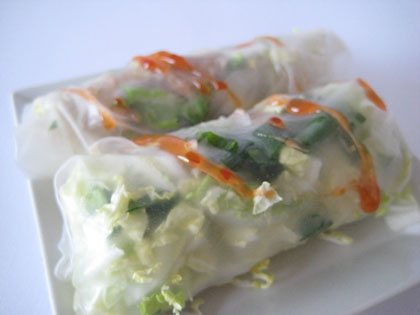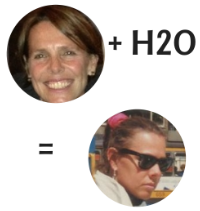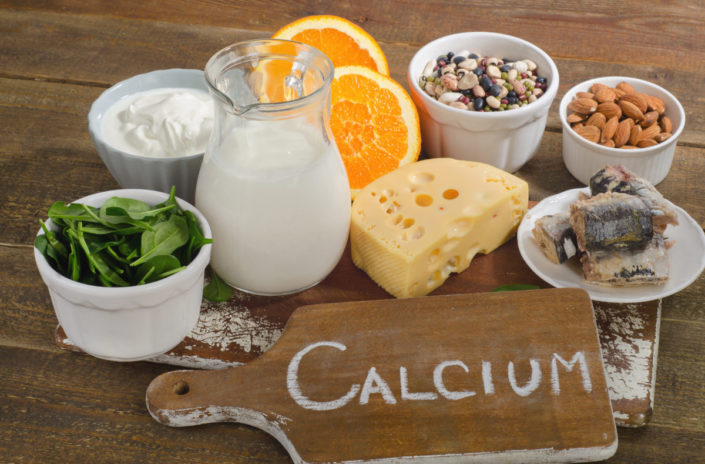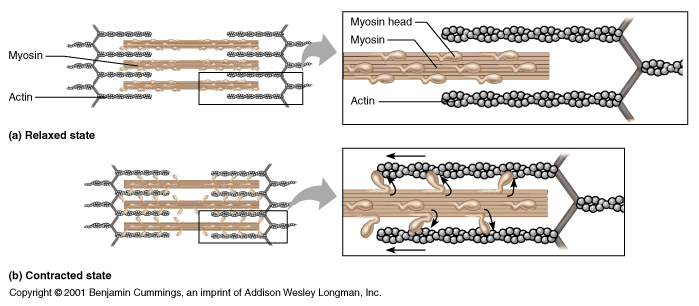Does Your Kid Need a Sports Drink?
I was absent-mindedly watching someone buying a couple of bottles of Powerade at the Little Athletic’s canteen on the weekend, and watched her hand over $10 for the two drinks – with not much change coming back to her. It seemed a lot to pay for two bottles of lolly water.
Back in the day, when you were thirsty, you found a bubbler or a tap, and drank from it.
Today, sports drinks advertisers would have you believe our kids do so much more sustained and vigorous exercise than the kids of yesteryear, that they need to replenish their fluids, electrolytes and glycogen to prep them for their next big sustained exercise bout!
Your kids do need a sports drink…if they “train hard and push their body to the limits” (1) and if they participate in “sustained, strenuous exercise” (2). And in my experience, very few children fall into that category (and I live in a whole street full of very active kids!)
Generally speaking, sports drinks contain electrolytes and carbohydrates, though there are some which contain electrolytes and practically no carbohydrates and subsequently almost no calories. Powerade Zero is one such drink. Some contain just two electrolytes – sodium and potassium (eg Gatorade G Series Thirst Quencher), and some contain calcium and magnesium and as well as sodium and potassium (eg Powerade Ion 4).
What are Electrolytes
They are positively or negatively charged ions that conduct electrical activity. We humans need electrolytes present in the right concentrations to maintain fluid balance in the body, for muscle contraction and relaxation, and nerve activity. The kidneys play a big role in maintaining electrolyte balance, by conserving or excreting electrolytes.
Water is drawn to areas in the body where electrolytes (particularly sodium and chloride) are most concentrated, so they play a large role in maintaining the equilibrium of water throughout the body.
The electrolytes sodium and chloride can be lost in high concentrations in sweat, whilst potassium, magnesium and calcium are lost in smaller amounts.
So, does your kid need sports drink?
It’s generally agreed amongst researchers that sports drinks can aid in hydration and the replenishment of carbohydrate and salts lost through bouts of moderate to high level exercise lasting over 60 minutes, where the participant has lost a large amount of sweat and electrolytes.
Just how much sweat someone loses, and how much of each electrolyte is excreted with the sweat, is a very individual thing. This varies not only across individuals, but can vary for the individual from exercise bout to exercise bout. Many factors come into play, including the weather, the intensity and duration of activity, and the level of hydration before exercising. So in the real world, fluid and electrolyte replacement is not an exact science (in spite of what the sports drinks manufacturers may have you believe).
Children (and adults) rarely need sports drinks. Unless you’ve been exercising continuously for at least 60 mins, there’s really no need for you to have a sports drink to replace glucose or salts. Often adults are fine for up to 90 minutes of sustained moderate to vigorous exercise without needing to replace glycogen or electrolytes. With children, you could start looking at a sports drink at the hour mark. But, let’s face it, most kids don’t exercise vigorously for an hour or so non-stop, and they tend not to sweat in the same way adults do. It’s common to see kids a bit sweaty, but not at all common to see them come off the playing field dripping with sweat.
For kids, usually a piece of fruit and a swig of water will do just as nicely to quench their thirst and replenish lost sugars. If they’ve been running round a lot, and they’ve been particularly sweaty, you can throw in a handful of salted cashews to help retain the water, replenish electrolytes, and utilise the carbohydrate from the fruit more quickly.
For the most part, your kids don’t need to replenish electrolytes in a hurry by guzzling sports drinks. What electrolytes they’ve lost whilst playing sport will be replaced over a day of healthy eating.
Are there any situations when sports drinks are good for kids?
Sure. If your child is attending a sports tournament, when they are playing many games of a vigorous sport such as any of the football codes, hockey, netball, basketball, then electrolyte replacement drinks could be a good option for rehydration and energy replenishment, particularly if they do not get enough rest in between games to take on more substantial nutrition.
If your child sweats A LOT, and their sweat is particularly salty – as evidenced by salt marks on their clothing for example, you may need to consider a sports drink for them, on those occasions when they do need to rehydrate quickly, but for the most part, kids should understand that sports drinks are a treat, just like lemonade is.
For the record, a 600ml bottle of Gatorade holds 140 calories, about 7% of the daily energy needs of a 9-13 year old boy!
Further Reading
http://kidshealth.org/parent/nutrition_center/healthy_eating/power_drinks.html#
http://www.healthline.com/health/food-nutrition/is-gatorade-bad-for-you#4

 Sharing a conversation over a family meal is a great way to get to know what your kids are up to. We sometimes lose sight of this these days, and many families rarely sit down to eat together. Or, if you’re like me, much of the time at the table is spent correcting manners (If only I had a dollar for everytime I’ve said “don’t speak with your mouth full” or “use your knife and fork!”).
Sharing a conversation over a family meal is a great way to get to know what your kids are up to. We sometimes lose sight of this these days, and many families rarely sit down to eat together. Or, if you’re like me, much of the time at the table is spent correcting manners (If only I had a dollar for everytime I’ve said “don’t speak with your mouth full” or “use your knife and fork!”).
 I was asked the other day what would be the one key piece of advice I’d give to someone if they wanted to “improve their fitness”. Wow. What a question. There’s so much that it can cover.
I was asked the other day what would be the one key piece of advice I’d give to someone if they wanted to “improve their fitness”. Wow. What a question. There’s so much that it can cover.






